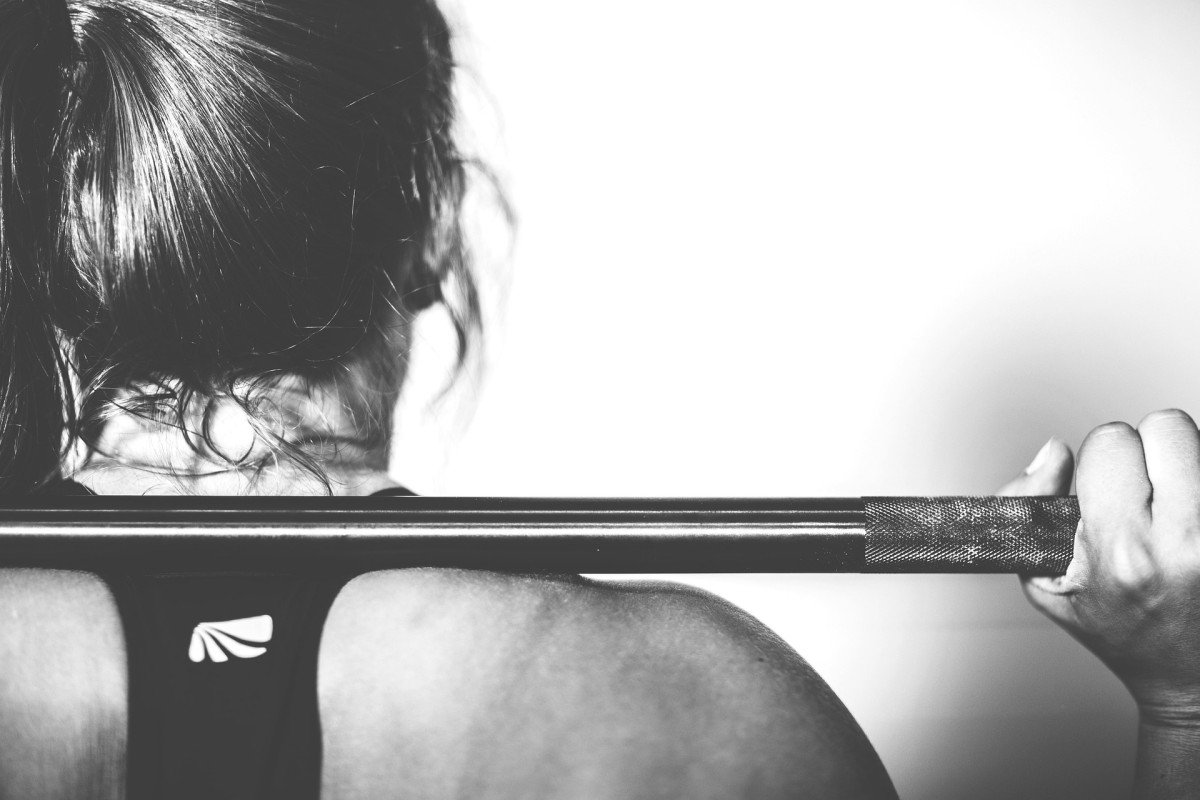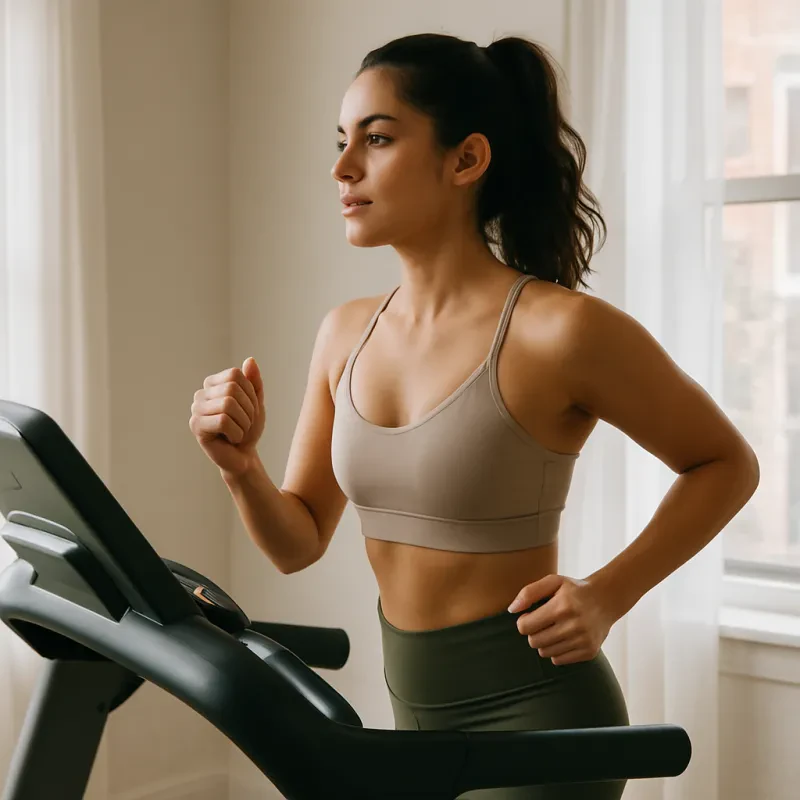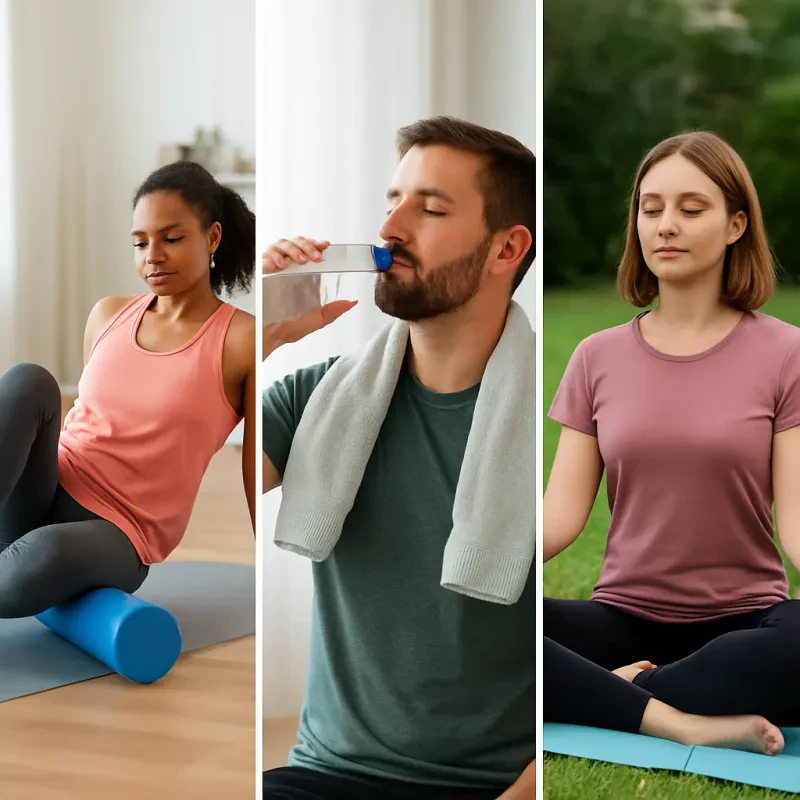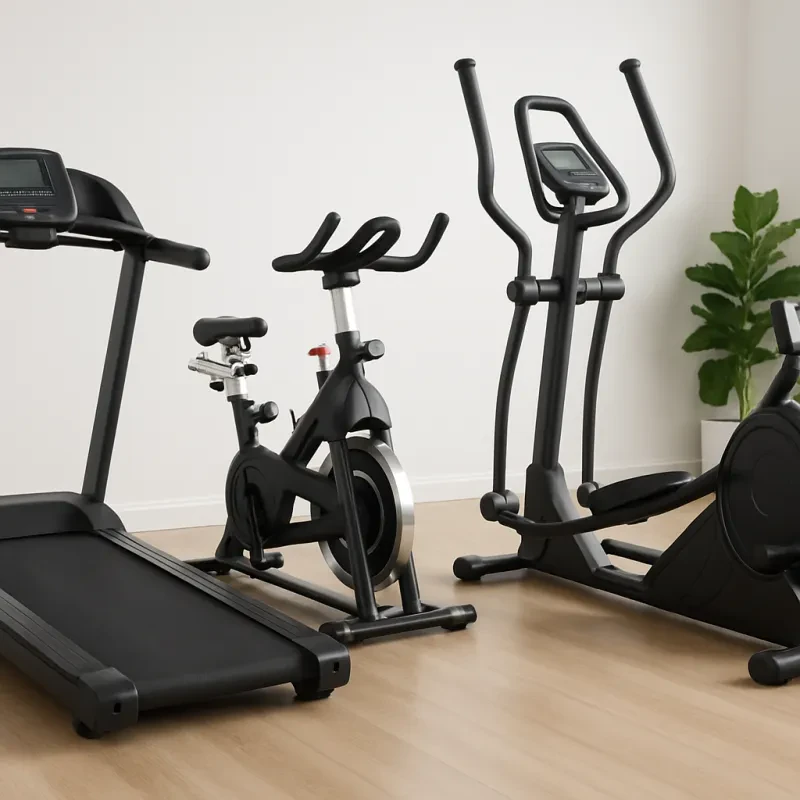If you're dealing with a back injury, choosing the right home exercise equipment is crucial to support recovery, prevent further strain, and strengthen your back safely. The best options focus on low-impact movement, core stability, flexibility, and posture correction. Below are some of the top home exercise equipment choices.
Here are some home exercise equipment options that are generally considered gentle on the back:
1. Recumbent Bike
- Why?
Its supportive seating and low-impact motion help you get a cardiovascular workout without placing excessive pressure on your spine. - Offers back support while providing a low-impact cardio workout.
- Strengthens leg and core muscles without stressing the lower back.
- Recommended For: Herniated discs, lower back pain, arthritis.
2. Elliptical Machine
- Why?
An elliptical offers a smooth, low-impact exercise that minimizes jarring motions, making it easier on the back while still providing a full-body workout. - Provides low-impact cardiovascular exercise without jarring the spine.
- Improves circulation and flexibility.
- Recommended For: General fitness without back strain.
3. Stability (Swiss) Ball
- Why?
When used correctly, a stability ball can help strengthen your core muscles, which support your back. - Strengthens the core and improves balance.
- Encourages proper spinal alignment.
- Recommended For: Core strengthening, posture correction, lumbar support.
- Tip:
Begin with guided exercises or professional supervision to ensure proper form and prevent overexertion.
4. Resistance Bands
- Why?
Resistance bands allow you to perform controlled, low-impact strength exercises that can be tailored to your comfort level and gradually increase muscle strength around your back. - Low-impact strength training for back and core.
- Reduces spinal stress compared to free weights.
- Recommended For: Gentle rehabilitation, mobility exercises.
5. Foam Roller
- Why?
Although not “exercise” equipment per se, a foam roller can help with self-myofascial release, reducing muscle tightness and promoting flexibility—key for managing back pain. - Helps release muscle tightness in the back and improves flexibility.
- Reduces pressure on the spine by relaxing tension in surrounding muscles.
- Recommended For: Myofascial release, sciatica relief.
- Tip:
Use it gently to avoid exacerbating any discomfort.
6. Inversion Table
- Helps decompress the spine by relieving pressure on discs.
- Improves circulation and flexibility.
- Recommended For: Sciatica, herniated discs, chronic back pain.
7. Pilates Reformer
- Supports spinal alignment while strengthening the core.
- Offers controlled, low-impact resistance training.
- Recommended For: Spinal rehabilitation, posture improvement.
- Example: AeroPilates Reformer
8. Adjustable Lumbar Support Chair or Cushion
- Helps maintain proper posture while sitting.
- Reduces strain on the lower back.
- Recommended For: Desk work, prolonged sitting, lumbar support.
9. Yoga Mat & Stretching Straps
- Essential for performing low-impact stretches that improve flexibility.
- Helps relieve tension in the back and prevent stiffness.
- Recommended For: Gentle yoga, back pain relief exercises.
10. Treadmill with Cushioning
- Provides a low-impact walking surface with better shock absorption.
- Strengthens the lower body while reducing pressure on the spine.
- Recommended For: Walking therapy, low-intensity cardio.
Additional Considerations
- Guided Exercise Programs:
Consider using online classes designed by physical therapists for back rehabilitation. These programs often incorporate safe, structured routines tailored for back issues. - Ergonomic Accessories:
Items like supportive chairs or posture braces can complement your exercise routine by promoting better spinal alignment during daily activities.
Remember to start slowly, focus on correct form, and listen to your body. If any exercise increases your pain, stop immediately and consult your healthcare provider. Enjoy your journey to a stronger, healthier back!



